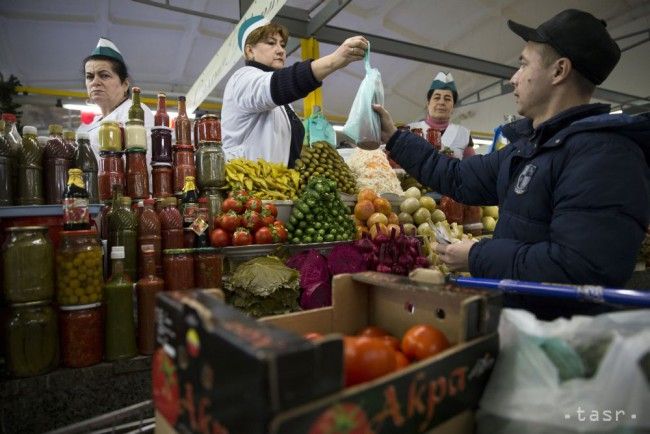Analysts: Rise in Household Consumption to Fuel Growth

Bratislava, June 7 (TASR) – The Slovak economy is expected to continue to post sound growth of anywhere between 3.1 percent and 3.4 percent of GDP in the months to come, TASR learnt from analysts on Wednesday.
The growth should be propelled mainly by a rise in household consumption, enabled primarily by a drop in the unemployment rate.
Analysts at Slovenska sporitelna bank foresee GDP growth of 3.1 percent for the whole of 2017. Analyst Katarina Muchova said that domestic demand, and household consumption in particular, should remain robust. “Net exports should also continue to contribute positively to GDP growth,” she added.
UniCredit Bank analysts are even more upbeat in their expectations, as they predict this year’s growth to stand at 3.4 percent of GDP. In addition to household consumption, investments should also play a role in Slovakia’s good economic shape.
“[The investments] could be buoyed by a relaunch of public finances, as well as by private investments, most notably the construction of the Jaguar Land Rover plant. We also expect other sectors of the economy to recover,” said UniCredit Bank analyst Lubomir Korsnak.
Risks jeopardising growth are also looming, however, but they’re “only moderate and relatively well balanced”, said Muchova.
“A certain negative risk is associated with Brexit negotiations and their potential ramifications for the euro and economic sentiment,” said Muchova.
According to Korsnak, however, geopolitical risks in Europe haven’t materialised yet, so nothing stands in the way of the continued recovery of European economies. Geopolitical risks are currently shifting towards Italy and to the Brexit negotiations, but they’re not acute.
At any rate, the growth potential from the medium-term perspective could be impeded by a shortage of a qualified workforce, which has been a challenge for the region’s economies over the past few quarters, said Korsnak.
Slovak central bank (NBS) analysts noted that the growth of 3.1 percent in the first quarter of the year represented an increased rate on a quarterly basis, but also a fall year-on-year.
“The growth was spurred on by domestic demand. The structure of domestic demand relied mainly on investments,” said NBS.
The NBS analysts added that investments grew in properties, but especially in machinery and equipment. Businesses and households accounted for the bulk of the investments, with public investments remaining weak.



